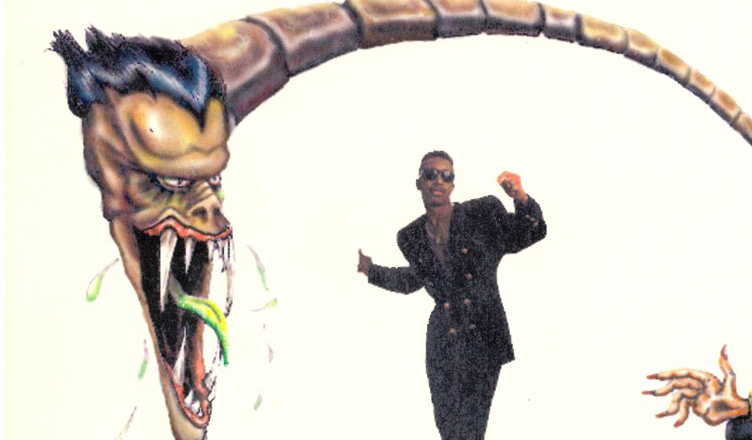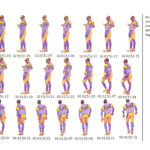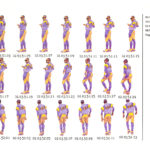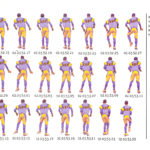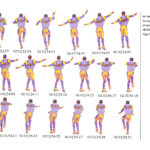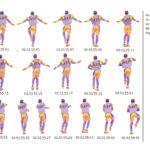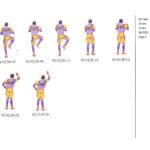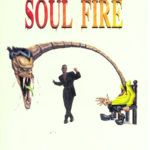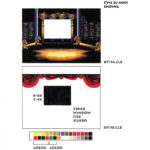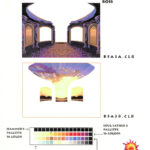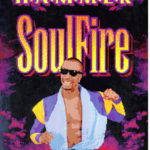Launching in October 1992 for the American Market, the Sega CD started its first few months as a success but quickly started to commercially stall after the first few months. This was mainly thanks to the overhype the system had pre-release. Consumers quickly realizing that the mind-blowing FMV games they were advertised turned out to be of mediocre quality. This misleading advertising, along with many other factors, was what ultimately lead to the system’s commercial failure. The system’s downfall led to many companies no longer seeing the Sega CD as a profitable market. This resulted in numerous games – mainly ports of Sega Genesis titles – to be canceled and left on the cutting room floor to be forgotten about.
But then there’s this game: “Hammer vs. Evil D in Soulfire,” one of the most infamous Sega CD games that were ultimately canceled. The game was to be a licensed game based around MC Hammer, best known for 2 Legit 2 Quit, U Can’t Touch This, and many other less successful songs. Addams Groove, anyone?
Nothing was really known about this game. Sure, plenty of sites have done articles pointing out it existed, but none have ever done some digging into the game’s history. For years, the most information that was known to the public was this 17-second preview of the game uploaded by YouTuber Jumpstreet Beetz.
This video, taken from a promotional tape shown at Winter CES ’94, gives us a basic idea as too what the game would have looked like. In the clip, MC Hammer is seen in what appears to be an alleyway, shooting down several enemies – FMV footage of one of Hammer’s music videos can also be seen in the center of the screen.
And that’s basically all we’ve had to go on. After 1994, the game was never heard of again aside from a few magazine blurbs reporting the game was scheduled to come out in March. It did not.
With little to no information publicly available, I had to do some research of my own to find out more. After a bit of research (i.e. bothering busy people), here is what I have found.
Too Legit, They Quit
Founded in January 1990, GTE Interactive Media (also known as GTE Imagitrek) was a California-based division of GTE Vantage consisting of around 40 people. If you know GTE from anything, it would probably be their 1991 Sega arcade title Time Traveler. Designed by industry veteran Rick Dyer, Time Traveler is notable for being an early example of the FMV arcade genre, the genre the Sega CD would soon be famous for.
“At GTE Imagitrek, we were pioneers in green screen technology and applied that to a number of video games that we produced for consoles and coin-op,” former GTE producer Tim Banks tells me.
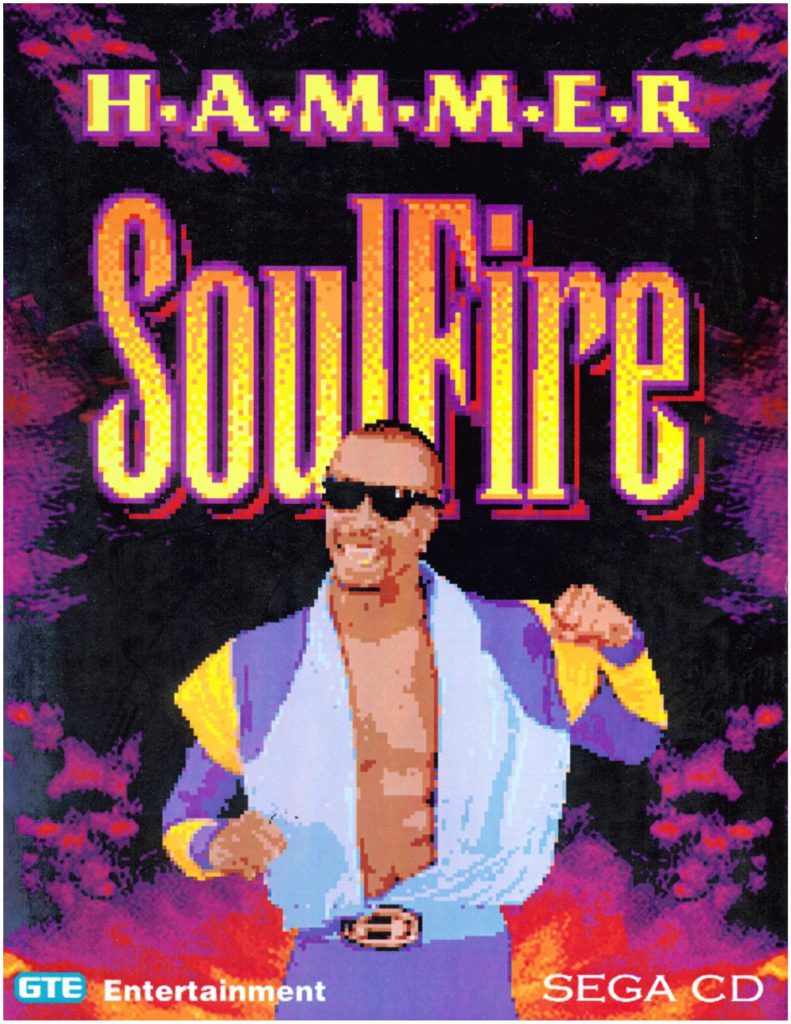
Soulfire was originally alluded to as far back as 1992, presumably soon after the development of Time Traveler was finished. The game was advertised at Summer CES ’92, but the game had hardly started development by then and was simply referred to as “Hammer”. As a placeholder, Sega used stock footage from one of Hammer’s music videos to demonstrate the game’s feel.
The game’s development would soon start the following year. Former Cinematronics programmer Phil Sorger was contracted to be the game’s lead programmer and designer while Sean Hennessey would later join the project to help finish his work. “Seems insane now to think of having a team size of five or so to do any production game, yet that’s how things were then,” Phil explains to me via email. “There was one person digitizing, working with an artist. That artist also did the final cleanup, UI, background design, animation, etc. There was a full-time designer, who was also the shoot director and general project Superman.”
“I started dev, they added another dev to the project, but it was over before he could do more than just duplicate the setup. I integrated all the graphics and audio and streaming video and wrote all the features and gameplay.”
Phil goes on to tell me the development environment for Sega CD; the most hostile environment he’s had to work with. There were three processors with three in-circuit emulators, which resulted in three development PCs that all needed to be kept synchronized. All of the programmings was done in pure assembly language, with different languages for each of the processors.
“The DMA system to transfer data between the Sega CD buffers and Genesis buffers was more magic than technology,” Phil says. “Getting anything done was hard, and producing CD demos was harder. I was the only one at GTE/Verizon that mastered this setup.”
[Note: GTE Interactive never existed under Verizon, but the parent company GTE did become Verizon in 2000]
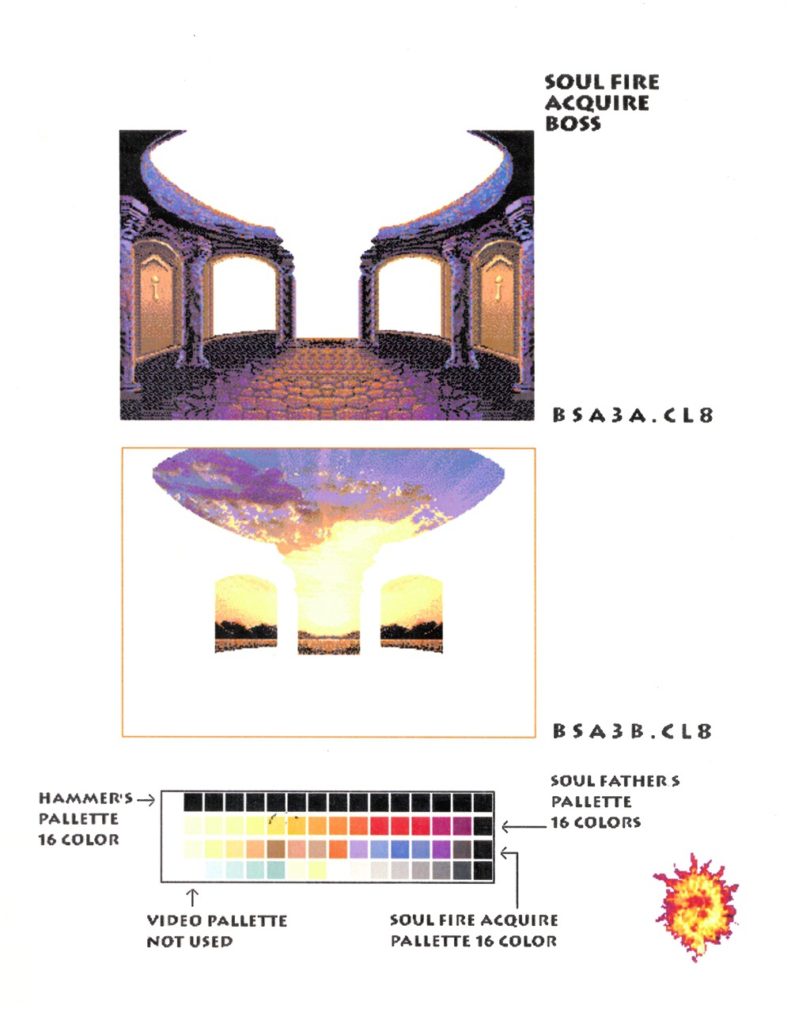
The premise of the game was that the player (as M.C Hammer) would’ve been seen fighting zombie creatures known as “soul suckers”, converting their lost souls into posse members. Hammer would introduce the level by dancing for no apparent reason, then the game would start.
Out of nowhere, a wave of soul suckers would appear. around you, with wave size and intensity varying by level. Hammer would shoot the “soulfire” at the soul suckers to convert them to good, holy posse members. Once a soul sucker is turned into a posse member, they go through a transformation and start dancing with Hammer. Depending on the level, the soul sucker would help you gain more members.
Ten levels were fully designed and completed, as well as a few boss levels (the clip from CES is taken from one of those boss battles) that would appear at the end of the street, typically in an alley, as Phil explains.
“Here, the posse was absent, and it was just Hammer against some representation of evil. Hammer could be injured and would skip beats and become out of sync and eventually collapse. The Evil DJ would launch green balls of evilfire at Hammer, Hammer would launch soulfire at Evil DJ, and healthbars tracked progress. The background video was supposed to be sinister and big and make it hard to aim.”
Background FMVs and music would play from strategically located screens from across the levels. According to Phil, ”it was really just a big loopable track with a click-track to synchronize the choreography.”
All the character animation was digitized from film shot on the green screen stage. The recordings were all later separated and compressed frame by frame, which was done by a team of artists lead by Lori Nichols.
Interestingly enough, MC Hammer himself actually took a great deal of personal interest in the project rather than just lending his name as a license. Phil even went on record claiming that he was taken aback at Hammer’s knowledge of the games industry. Hammer’s main concern with the project was the game’s resolution, as he was worried about the pixelation of his outfit during the digitizing process.
So why was this game canceled? Well, the visible decline of MC Hammer as a brand was one of them. Hammer’s fame had started to dwindle by this point, the world had moved on to find the next music sensation, leaving Hammer in the dust. When a 1994 focus group was conducted to test interest in the game, the subjects disproved the project considered him dated. Stephanie Witte, GTE’s marketing manager, reportedly came out of the focus group test “absolutely mortified”.
“She told me that as everyone was gathering, they put on some MC Hammer music,” Tim Banks horrifyingly recalls. “Subjects asked if they could listen to something else.”
Phil Sorger, however, remembers the story much differently. While the shrinking success of M.C Hammer was a huge factor in the game’s cancellation, Phil also recalls the game not being seen as a “kid-friendly” by Sega. The commercial failure of the Sega CD as stated earlier in this article was also another huge factor. These factors – and possibly others – collided to make the MC Hammer project a commercial non-starter. The appearance at the 1994 WCES would be it’s last before being canceled, despite the game being 100% complete with packing and shipping already set.
GTE Interactive would continue to produce console titles after the Soulfire project, namely Jammit and Street Hockey ’95 for the Sega Genesis and Super Nintendo respectively. Both of these games are notable as they both used the same technology (and even graphics!) of Soulfire. This is according to Tim Banks, at least.
Aside from these two titles, GTE Interactive would entirety focus on CD-ROM software for the rest of its lifespan. With a downturn in the CD-ROM market and GTE unable to find a buyer for the division, it was announced in January 1997 that the company would close its doors in March of that year.
Not everything is lost, however. Phil Sorger, who now works as a professional ski instructor, was kind enough to donate us a collection of art and technical assets from the game’s development. These range from the digitized sprites of Hammer, to what is presumed to be mock-ups of the game’s box art.
Without further ado, here they are – the official assets from Soulfire, the lost MC Hammer game. Finally viewable for the public eye 25 years later.
Video created by Densy of the Hammer Victory Dance from the scanned assets:

